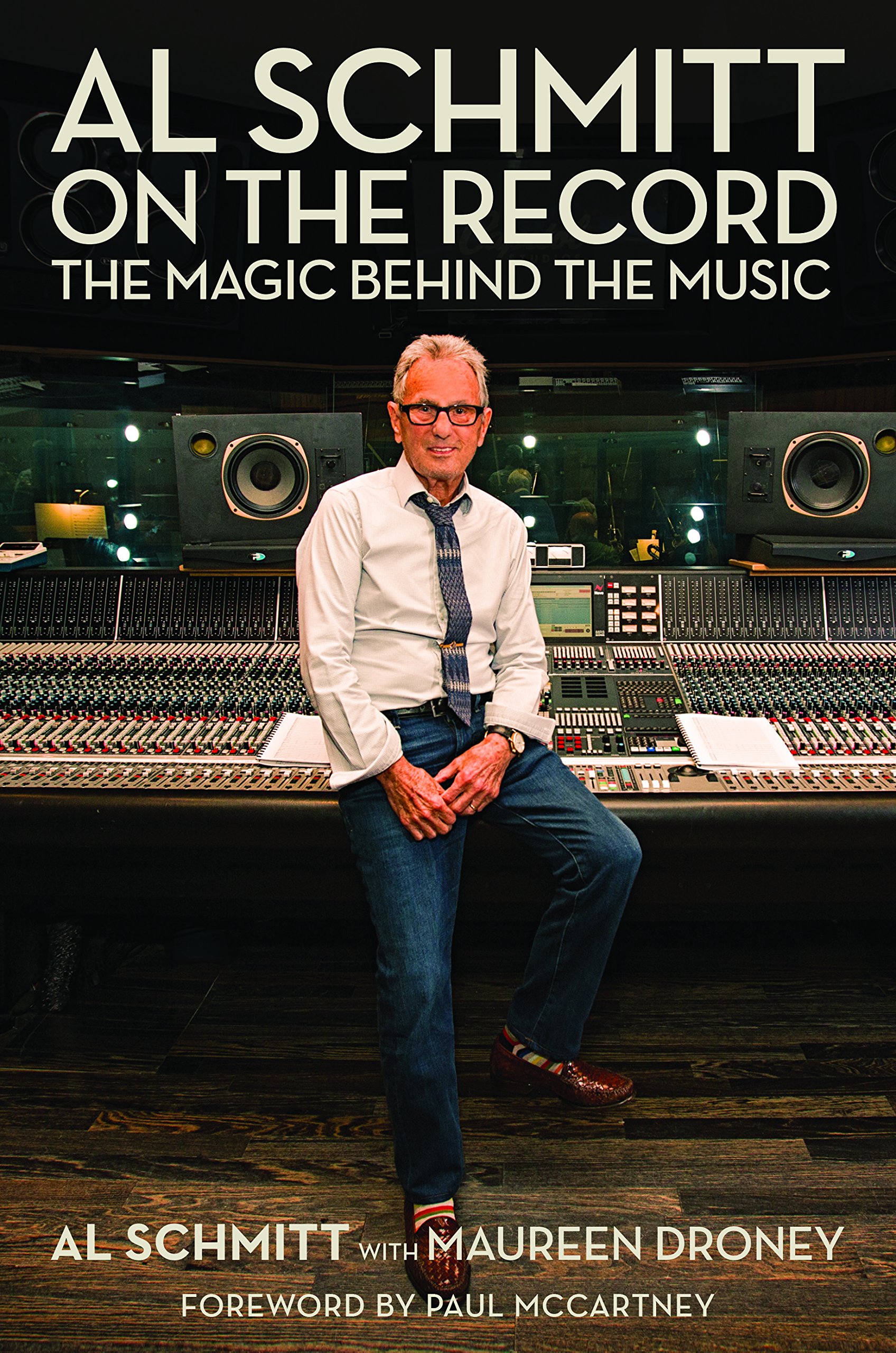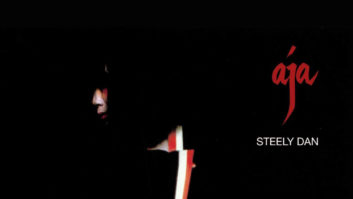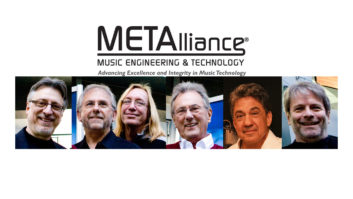The METAlliance—Al Schmitt, Chuck Ainlay, Ed Cherney, Elliot Scheiner, Frank Filipetti and George Massenburg—has the dual goals of mentoring through “In Session” events, and conveying to audio professionals and semi-professionals our choices for the highest quality hardware and software by shining a light on products worthy of consideration through a certification process and product reviews in this column. Its mission is to promote the highest quality in the art and science of recording music.

Founding member Al Schmitt took the METAlliance’s mission even further recently with the publication of his new memoir, Al Schmitt On The Record: The Magic Behind The Music. While the book offers technical tips, it shares a broader, more fully rounded view of what life’s like for a top engineer as he recounts his career, shares stories of the highs and lows along the way, discusses his longtime practice of meditation and much more (which PSN reviewed favorably).
Recently, Al discussed the emotional relationship he has with a mix. “The emotion starts to build when I enter the control room,” he said, “and grows as I piece the mix together—and it usually reaches its peak when I’m finished mixing.” You can find more thoughts on the process in his memoir’s “Mixing: Philosophically and Pragmatically” chapter, including the passage excerpted here:
I tried mixing ‘in the box’ with Pro Tools. It sounded good, but then I tried the same mix on an analog console and it sounded better to me. So, now I stick with an analog board.
We mix to Pro Tools at 192 kHz 24-bit; that’s what we deliver to mastering. We started mixing at 192 a long time ago. Doug Sax, who was my mastering engineer for many, many years, got a converter for me that was made by Josh Florian, of JCF Audio, who at the time was also working for Doug. It sounded great and that’s what we use still. We spent several years mixing to both analog and digital and comparing them. Digital kept getting better and better, and finally we just decided we liked the 192 mixes the best. Now, that’s all we use. We record at 192 most of the time as well. For mixing, we come out of Pro Tools into the console, and out of the console it gets captured back to 192 on a Tascam DV-RA1000HD hard disk recorder using the JCF Audio converter.
Some engineers say that they mix by colors—they relate frequencies to colors and create their mixes like they’re paintings. I recall working with Joni Mitchell, and having her ask for “more green,” or “more blue.” There may be a bit of that sensibility for me in how I’m feeling about the sound, but I don’t see colors. What I’m going by is how I feel when I put all the parts in place. I keep working around with all the elements until I feel comfortable with what I have.
We joke about this all the time. Engineer Niko Bolas always says I mix with my heart. He’s right. That’s true in the sense that I mix with my emotions. I just keep trying things until a little bell goes off in my head that says, “That’s it.” And that’s where the mix will stay. It’s just a matter of how it affects me emotionally.
I start from the bottom up, get the bass and kick where I want them, then add the overheads to where I like them. It’s like building a house from the bottom up.
When I mix these days, I have a three-band Tube-Tech SMC 2B compressor on the stereo output of my mixes, and sometimes I’ll use it to compress the overall output a little. Again, pretty much, as always with me and compressors, I just tap it. With the three bands, I can compress a little on the low end, maybe less in the middle, and still less on the top. I just play with it until I like it. I also usually use an NTI (Night Technologies Incorporated) EQ3 that has something called an Air Band, to add just a little shimmer at the top. I’ll also use the Sub Band on the NTI to give a little boost to the low end—one step of low frequency around forty or fifty cycles.
To decide when the mix is done, I usually go away from it for a little bit and then come back with fresh ears. Occasionally I may leave the mix up overnight. I did that on Natalie Cole’s “Unforgettable.” I was mixing at Schnee Studio in Los Angeles, working with David Reitzas as my assistant, and we were struggling to get a great mix. We couldn’t seem to grasp it and I was starting to worry that they would take the mix away from me and give it to somebody else to do.

Generally, though, I mix fast. I don’t need to take a lot of time. If I’m mixing tracks that I’ve recorded, I can do three, four, sometimes five in a day. Because, when I’m recording, I’m already figuring out where I’m going to put things in the mix. I’m thinking way ahead, about the sound, the panning—and what the mix is going to sound like overall—the whole time that I’m recording.
It’s a great feeling to be done with a mix, and to know that it’s good. I’m a happy guy then. I know we can send it to anybody and that we’ll be cool. But I don’t think there is such a thing as a perfect-sounding record. I’ve made records that won Grammys and made a lot of money, but I’ll hear those records two years later on the radio and I’ll always think I could have done them better. I don’t think I’ve ever made a record I was 100 percent happy with. But I don’t know if too many other people would say they have, either!
METAlliance • www.metalliance.com
Al Schmitt has mixed and recorded mixed more than 150 gold and platinum records, and won 20 Grammy and two Latin Grammy awards for engineering albums by such artists as Steely Dan, Toto, Natalie Cole, Quincy Jones, Diana Krall, Luis Miguel, Ray Charles, Chick Corea, DeeDee Bridgewater and Paul McCartney. In addition to being the first engineer to be honored with a star on the Hollywood Walk of Fame, he has worked with the likes of Frank Sinatra, Barbra Streisand, Neil Young, Bob Dylan, Usher and Dr. Dre; been inducted into to the TEC Hall of Fame; was honored with a NARAS Lifetime Achievement award; and co-founded METAlliance.







